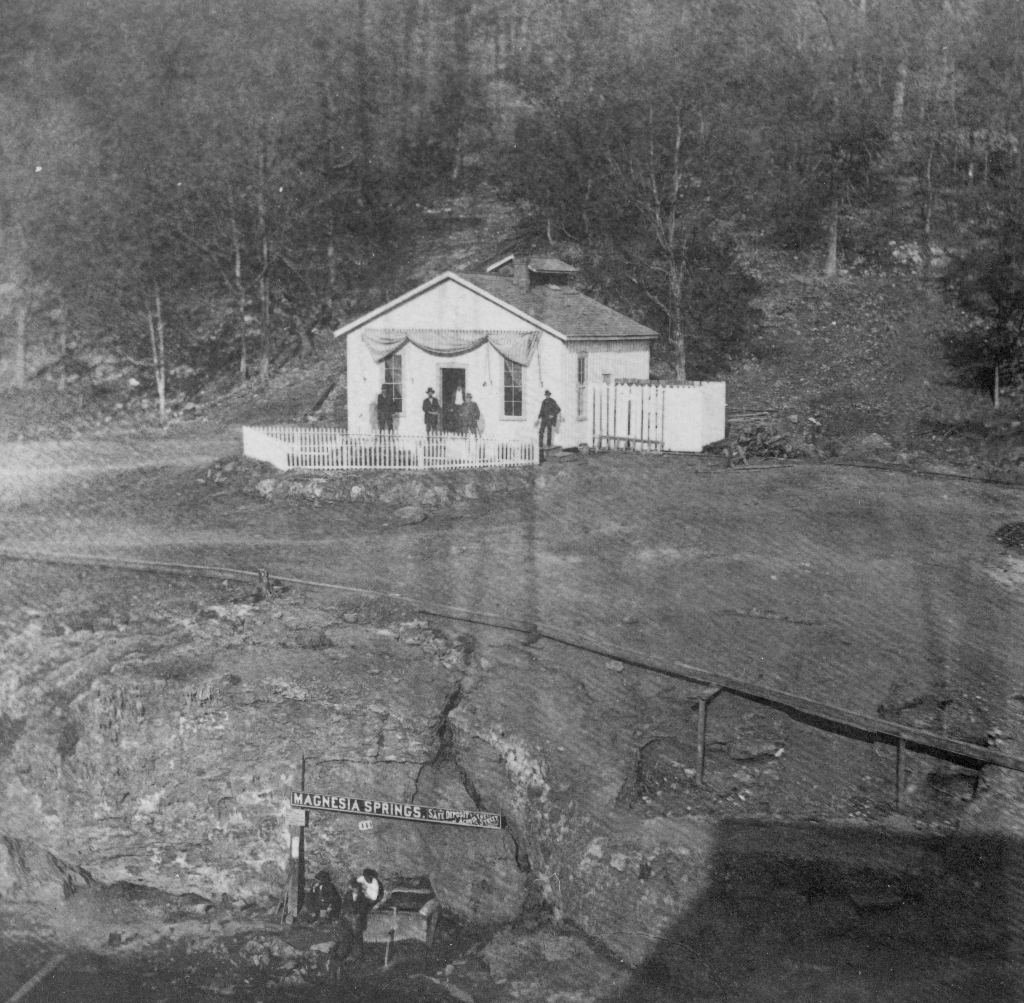
Mud Hole helped to formalize Hot Springs’ place as a health destination for all classes of Americans.
The spring historically emerged onto a flat plateau of tufa and sandstone. The water measured 119 degrees in 1901 and flowing an estimated 3 gal/minute. The name Mud Hole likely came from the leafy muddy bottom of the shallow basin that was dug out in the tufa rock.
In the late nineteenth century, the open waters of the Mud Hole were very popular across the class spectrum. Initially, paying customers at the Mud Hole subsidized poorer patients. Eventually, the federal government took over the bathhouse, using revenue from the pay bathhouses to provide free bathing.
There was also a notable racial integration among Mud Hole bathers. One reporter commented on the multi-racial bathhouse users in 1886, “Black, white, and mulatto get in the muddy water together.”
Between 1878 and 1921, the Mud Hole was used as the site of the Government Free Bathhouse. The Government Free Bathhouse provided simple hydrotherapy treatment to health seekers unable to afford the businesses on the more luxurious Bathhouse Row.
Despite limited facilities, the Government Free Bathhouse was often the most used bathhouse in Hot Springs. In some years nearly one-fourth of all health seekers used the Government Free Bathhouse, demonstrating the continued interest among poorer bathers to receive hydrotherapy treatment. Unable to meet demand, the building over the Mud Hole underwent constant repairs and the government upgraded the building several times. expansions. was in constant need of repairs and expansions.
The Government Free Bathhouse moved to the location of the present day Libbey Memorial Physical Medicine Center in 1921.
The spring historically emerged onto a flat plateau of tufa and sandstone. The water measured 119 degrees in 1901 and flowing an estimated 3 gal/minute. The name Mud Hole likely came from the leafy muddy bottom of the shallow basin that was dug out in the tufa rock.
In the late nineteenth century, the open waters of the Mud Hole were very popular across the class spectrum. Initially, paying customers at the Mud Hole subsidized poorer patients. Eventually, the federal government took over the bathhouse, using revenue from the pay bathhouses to provide free bathing.
There was also a notable racial integration among Mud Hole bathers. One reporter commented on the multi-racial bathhouse users in 1886, “Black, white, and mulatto get in the muddy water together.”
Between 1878 and 1921, the Mud Hole was used as the site of the Government Free Bathhouse. The Government Free Bathhouse provided simple hydrotherapy treatment to health seekers unable to afford the businesses on the more luxurious Bathhouse Row.
Despite limited facilities, the Government Free Bathhouse was often the most used bathhouse in Hot Springs. In some years nearly one-fourth of all health seekers used the Government Free Bathhouse, demonstrating the continued interest among poorer bathers to receive hydrotherapy treatment. Unable to meet demand, the building over the Mud Hole underwent constant repairs and the government upgraded the building several times. expansions. was in constant need of repairs and expansions.
The Government Free Bathhouse moved to the location of the present day Libbey Memorial Physical Medicine Center in 1921.
Is there something we missed for this itinerary?
Itineraries across USA
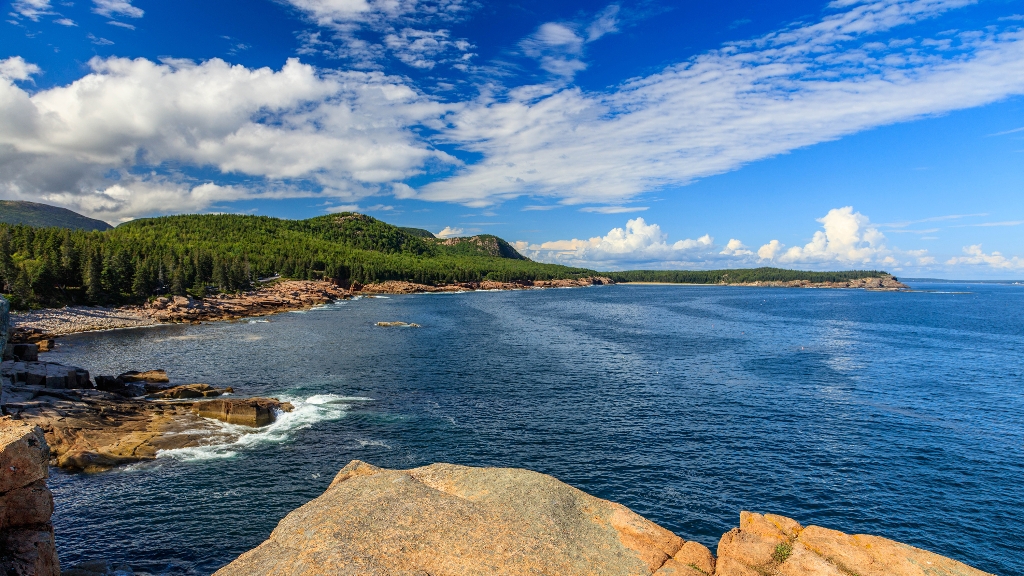
Acadia
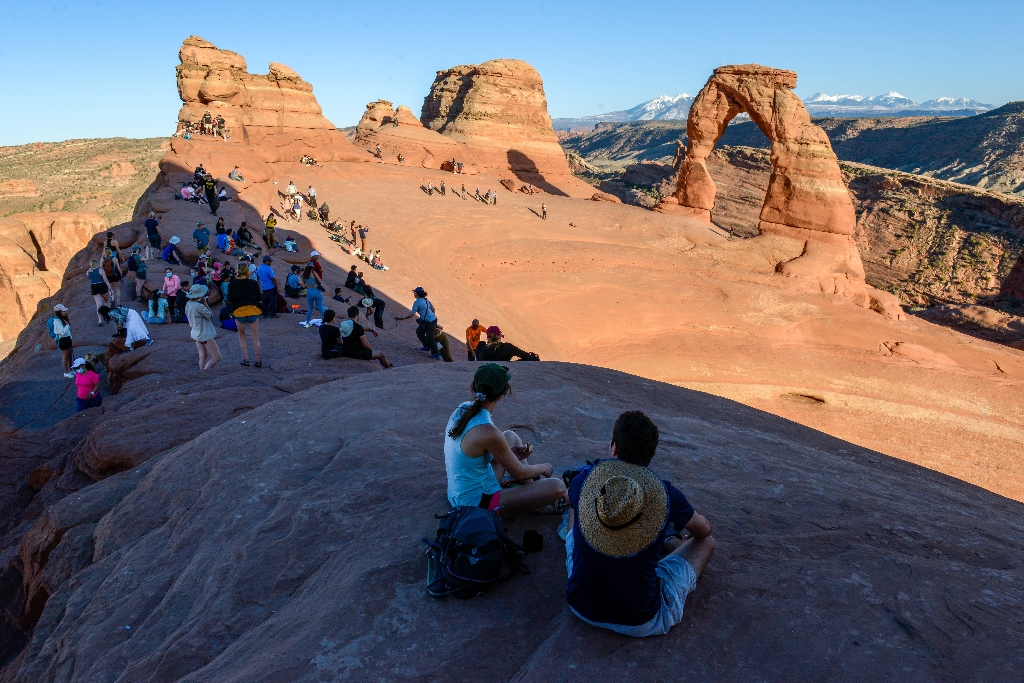
Arches National Park

Badlands
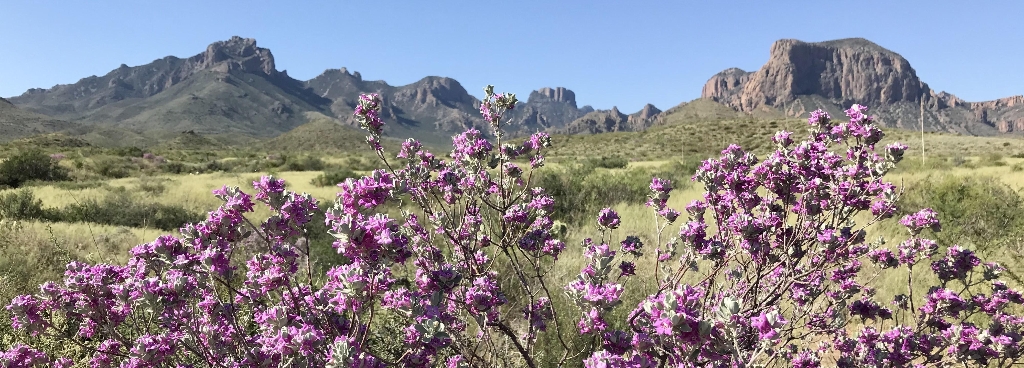
Big Bend
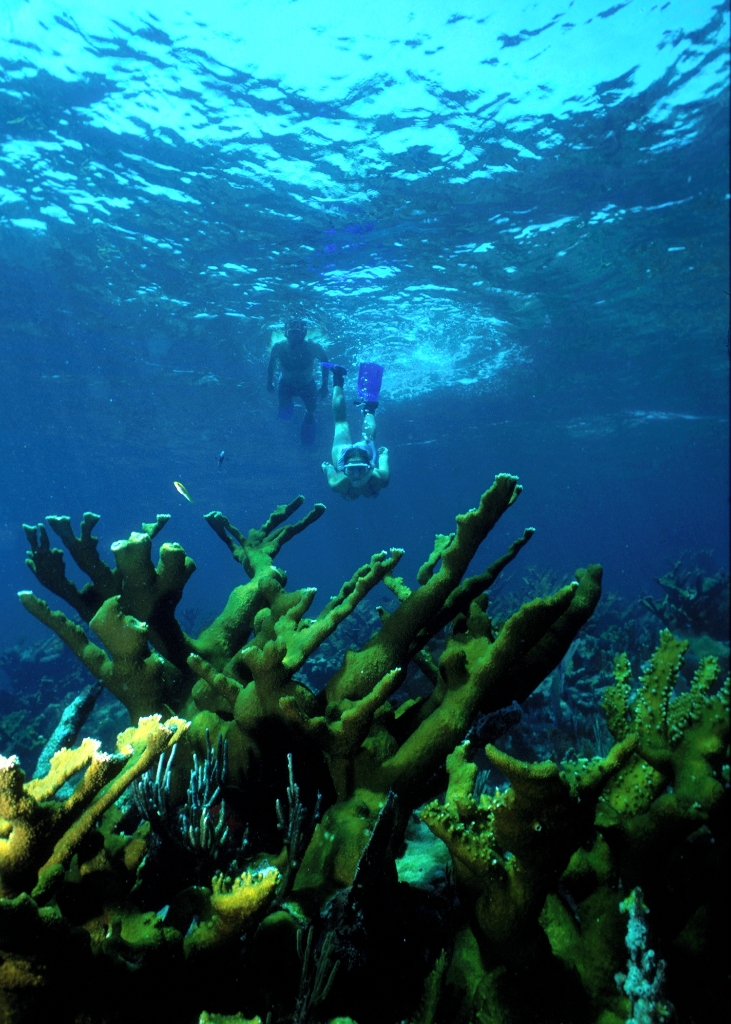
Biscayne

Black Canyon Of The Gunnison
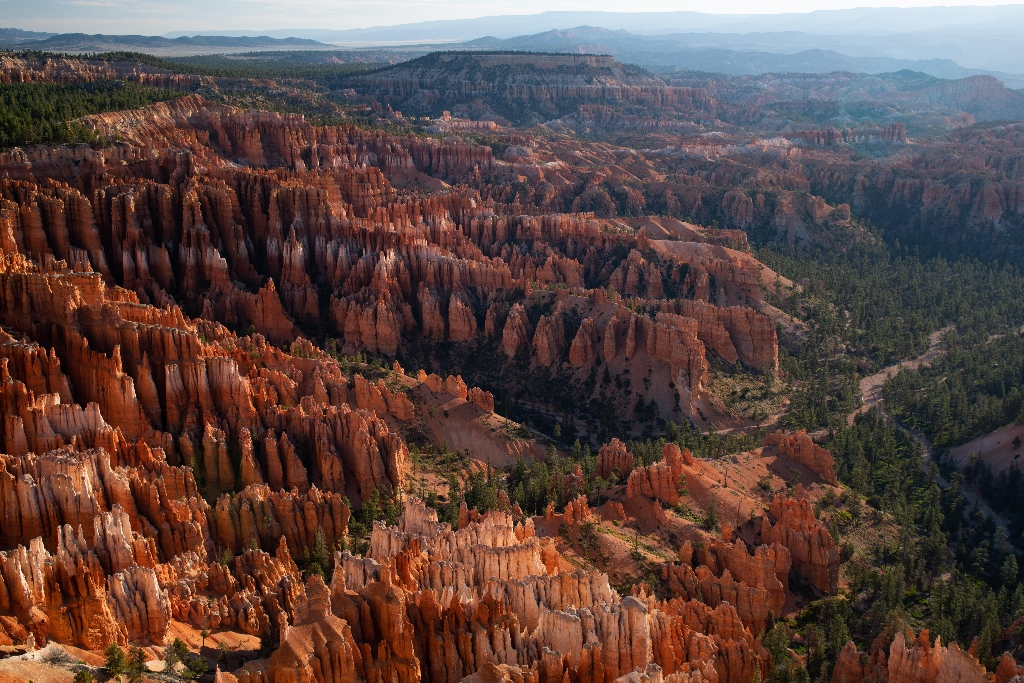
Bryce Canyon
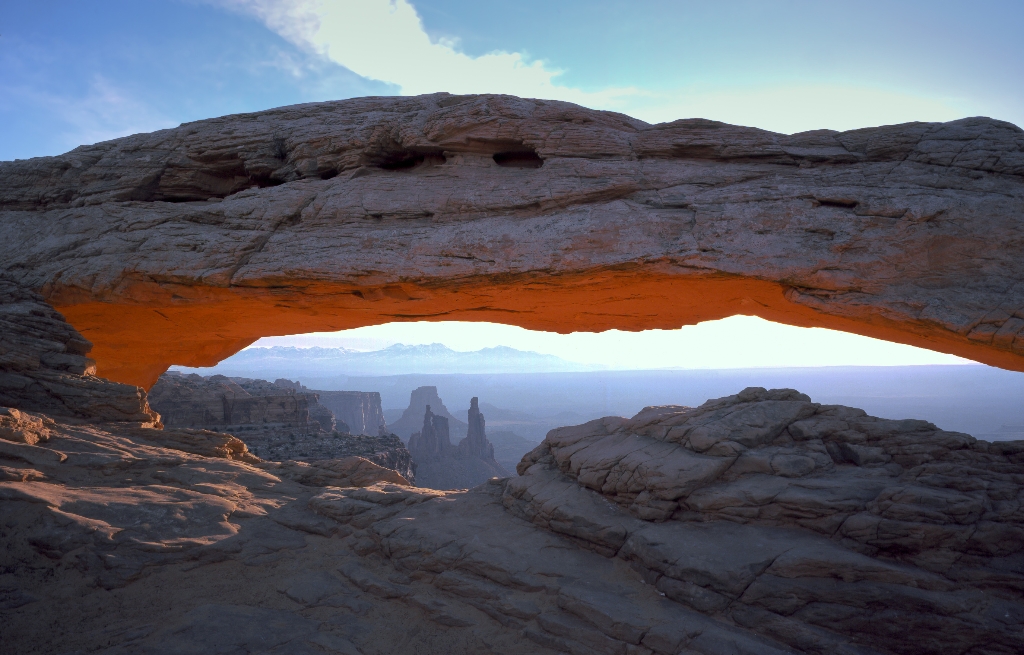
Canyonlands
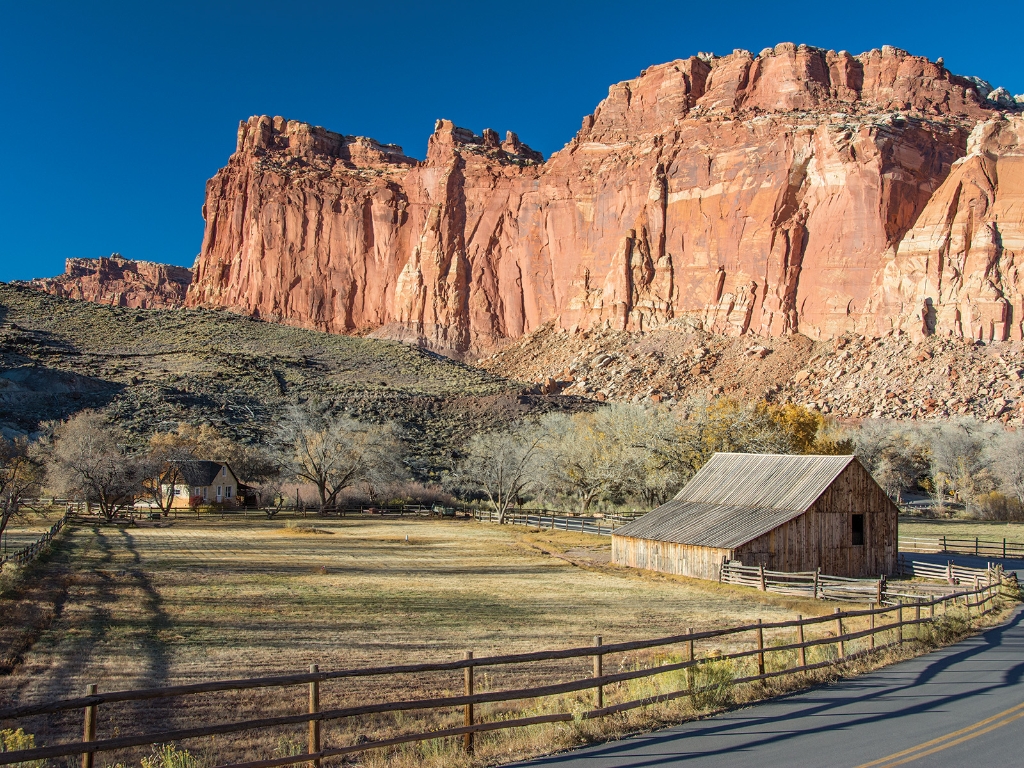
Capitol Reef
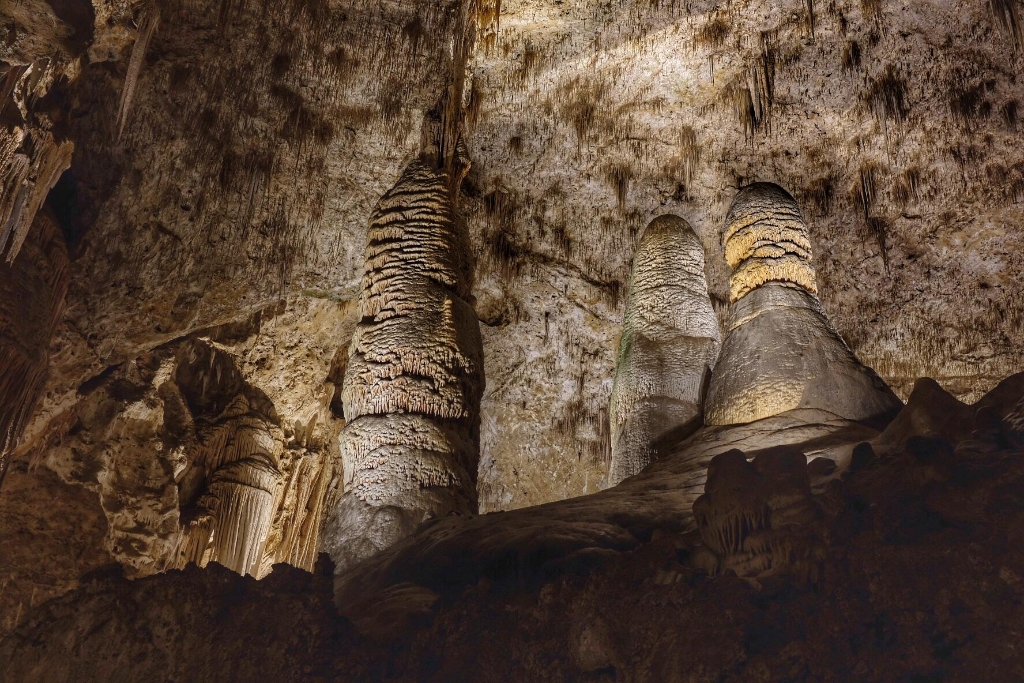
Carlsbad Caverns
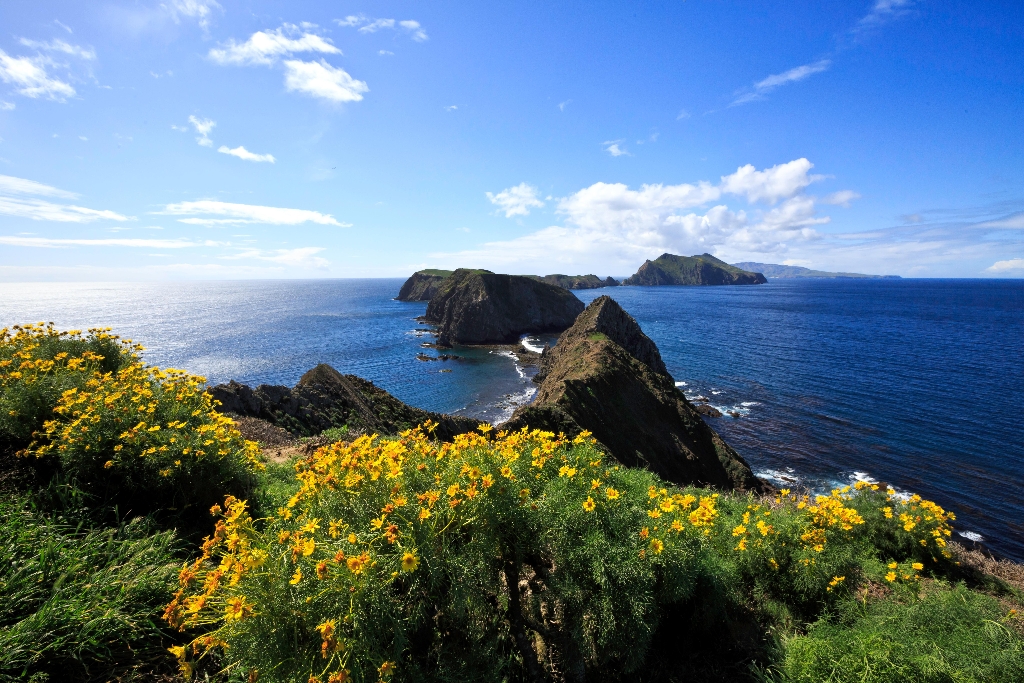
Channel Islands
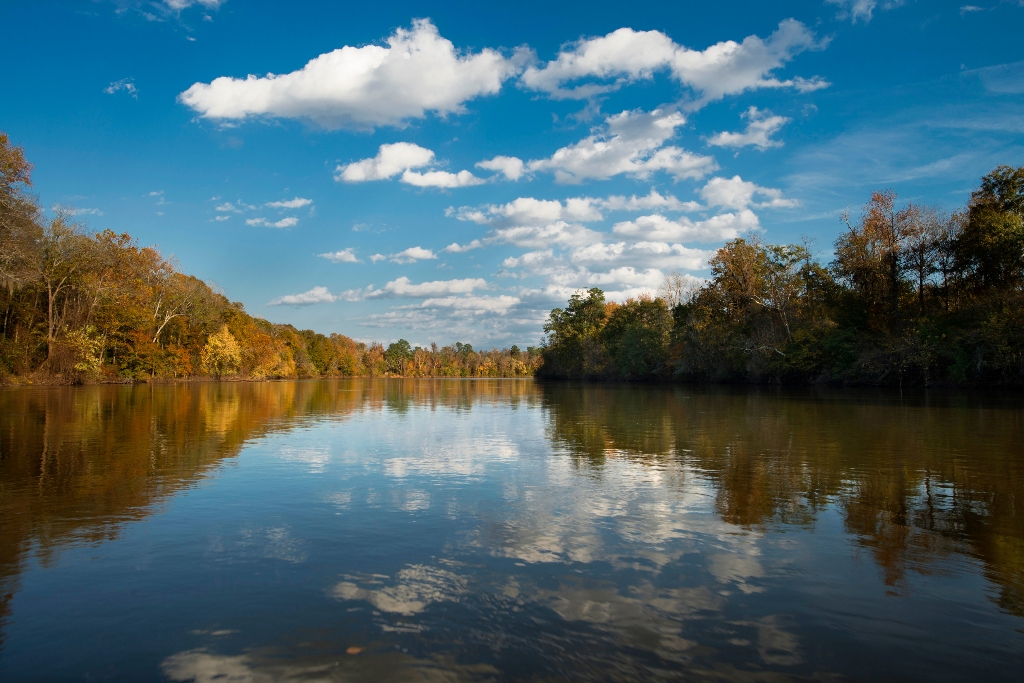
Congaree
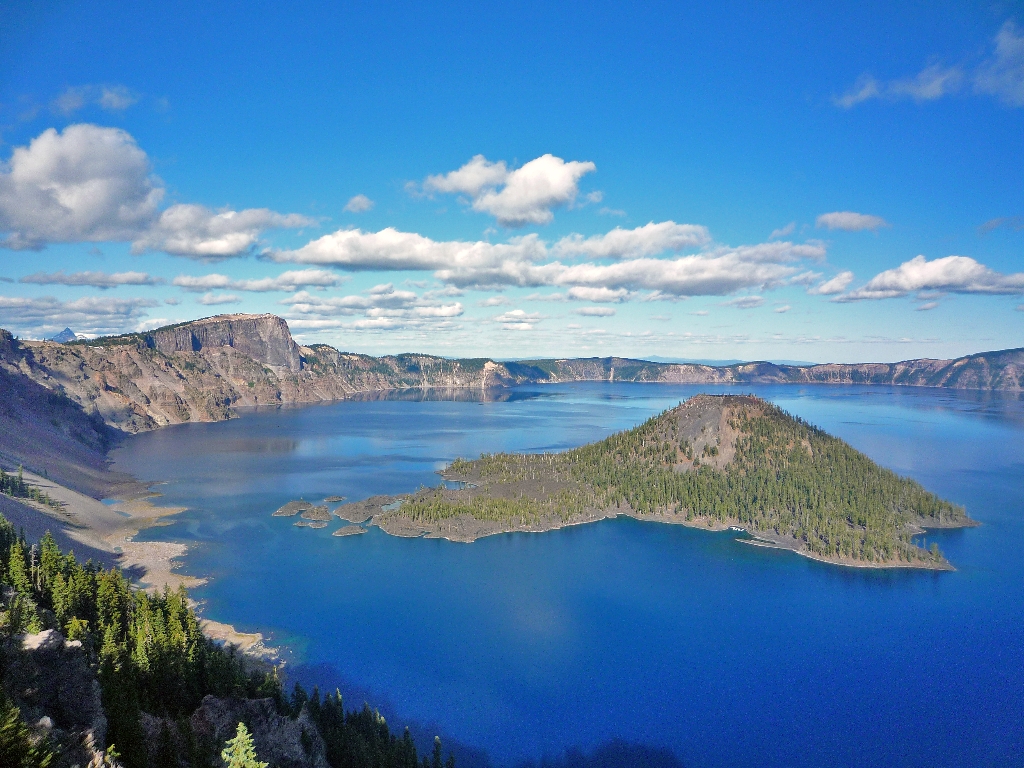
Crater Lake
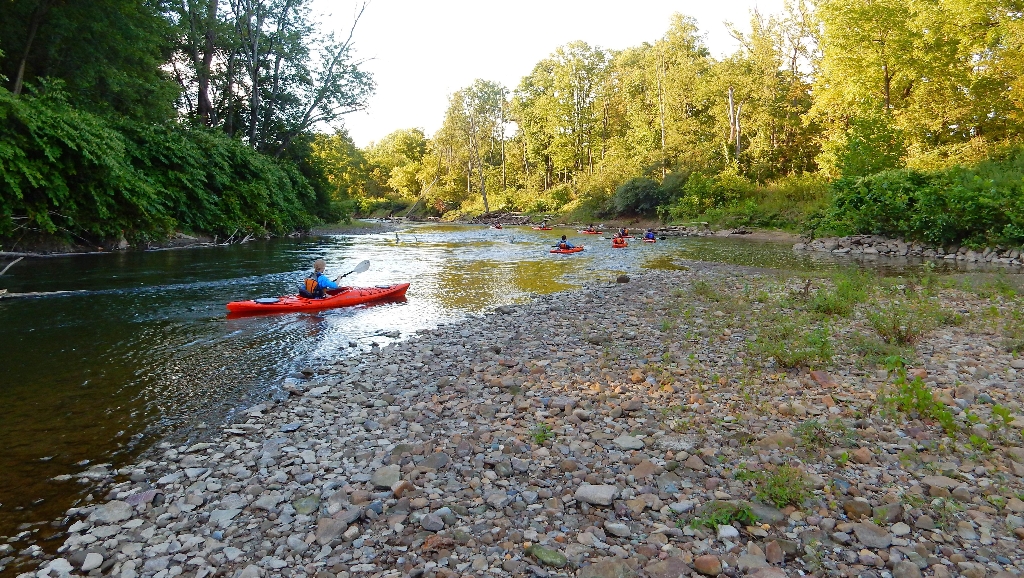
Cuyahoga Valley

Death Valley
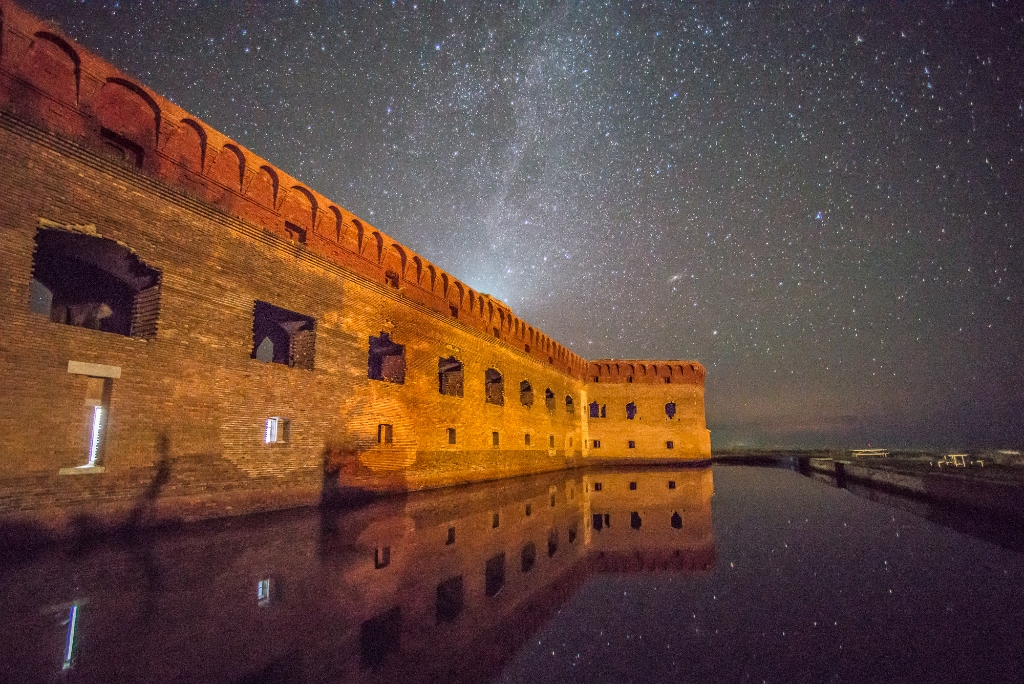
Dry Tortugas
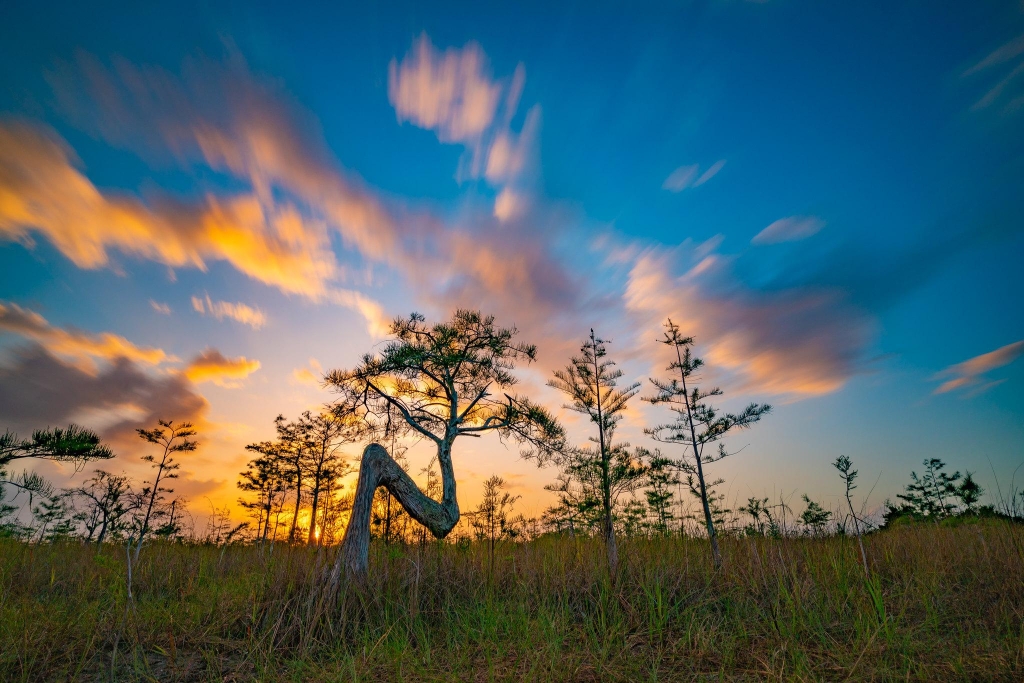
Everglades

Gateway Arch
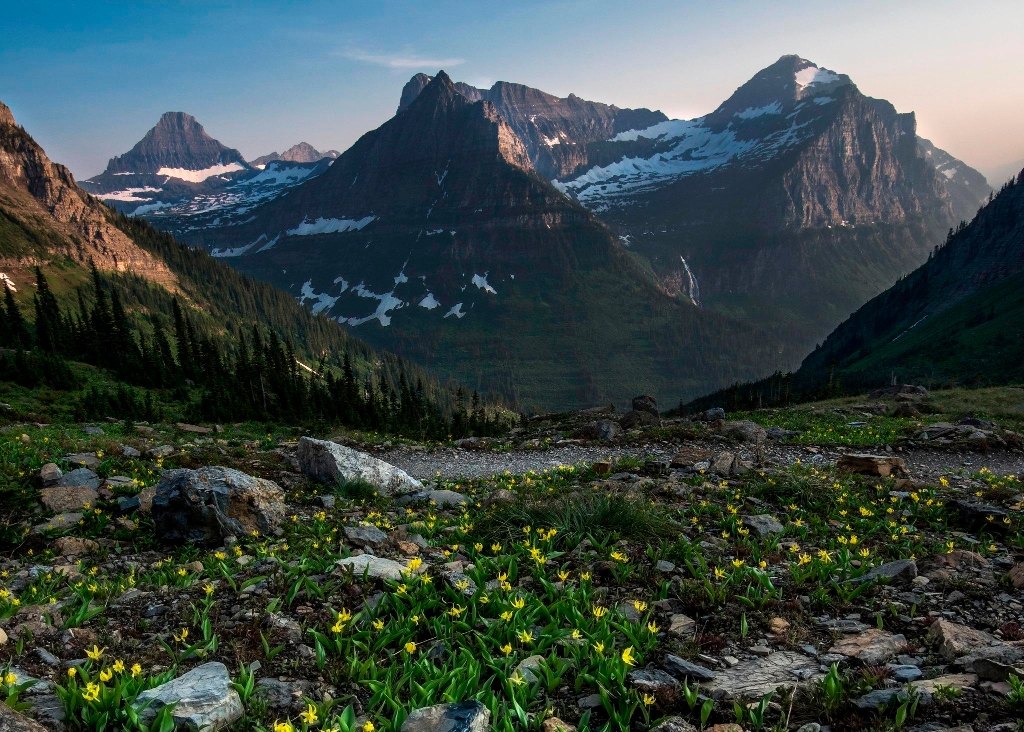
Glacier
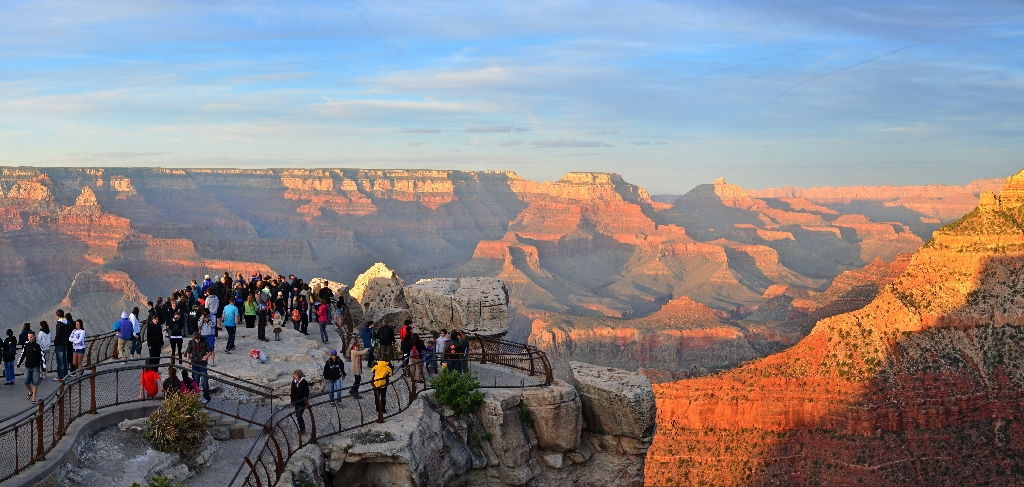
Grand Canyon

Grand Teton
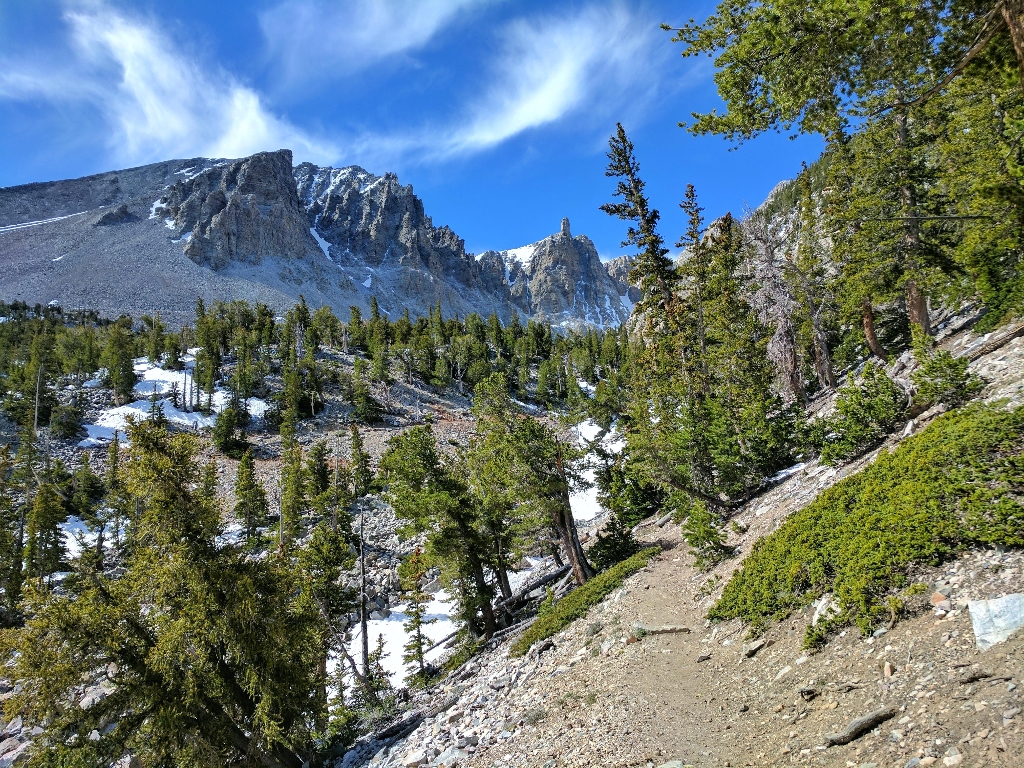
Great Basin
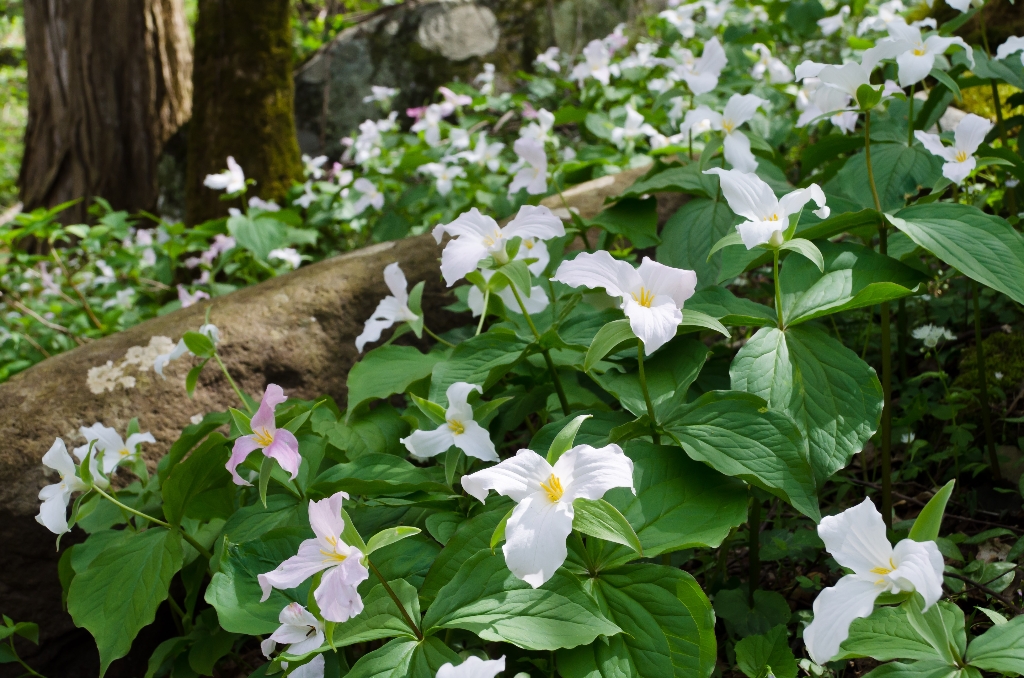
Great Smoky Mountains
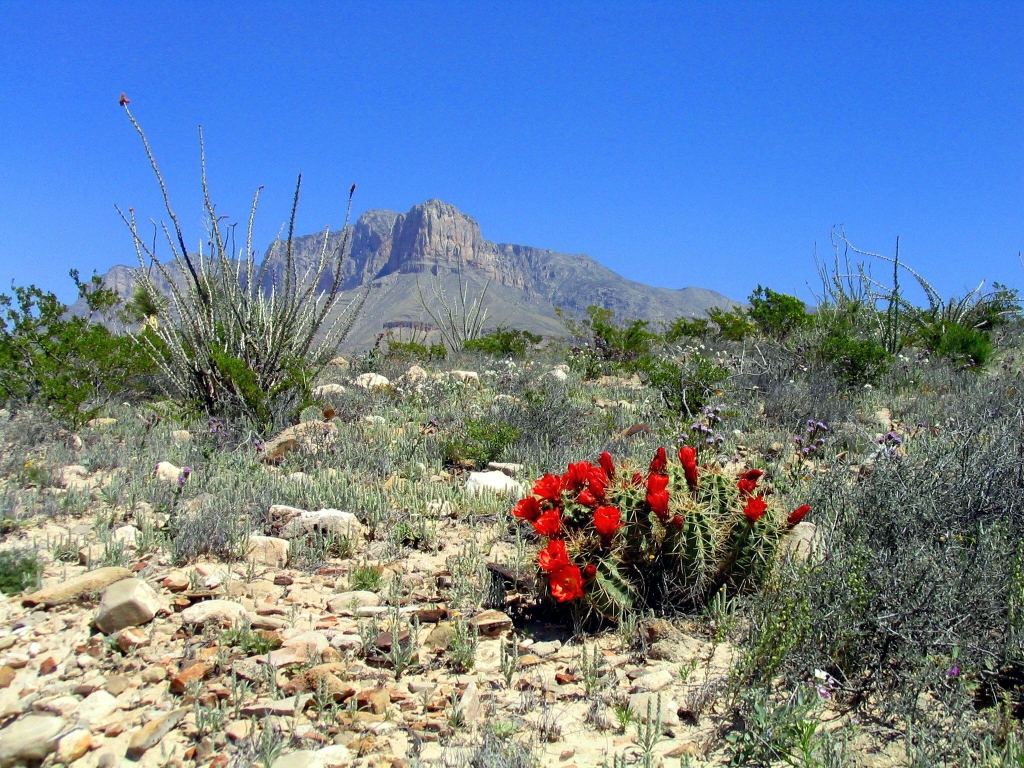
Guadalupe Mountains

Haleakalā
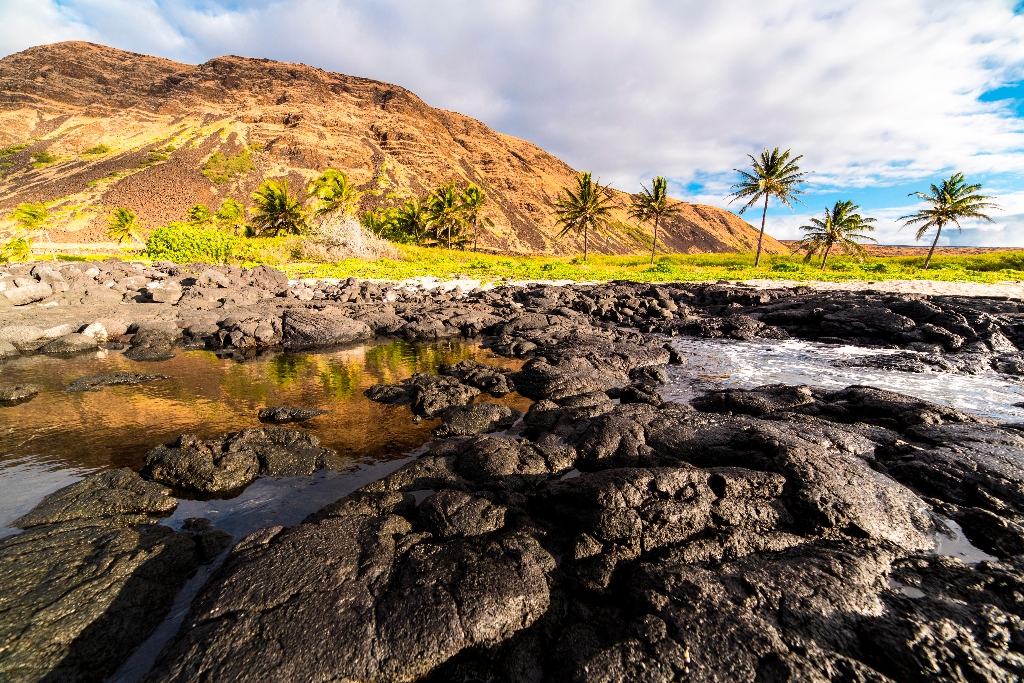
Hawaiʻi Volcanoes
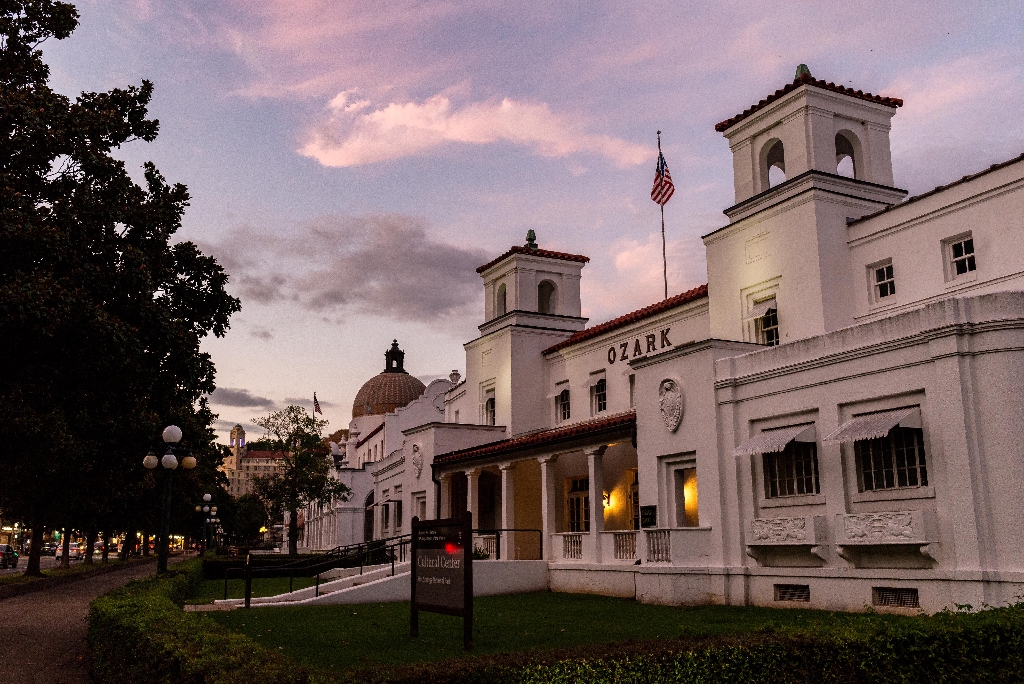
Hot Springs
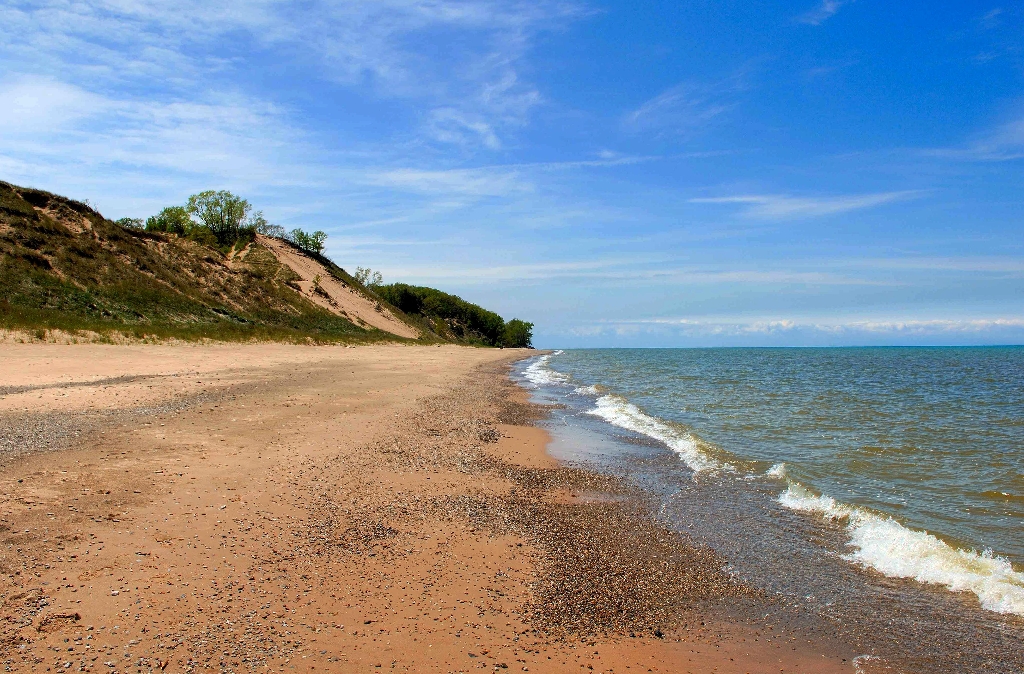
Indiana Dunes
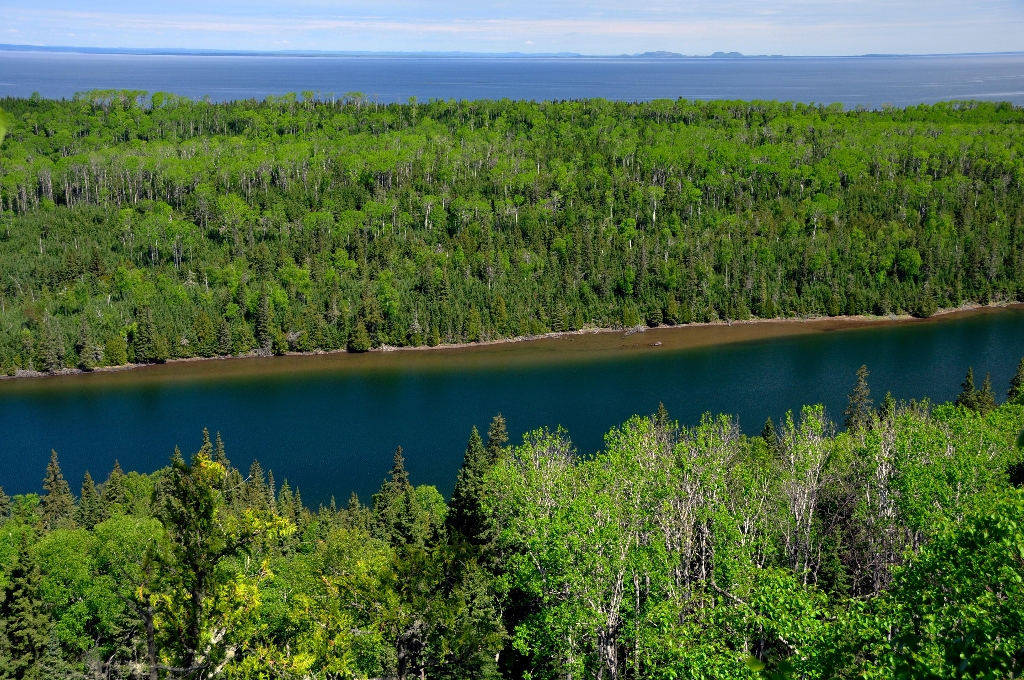
Isle Royale
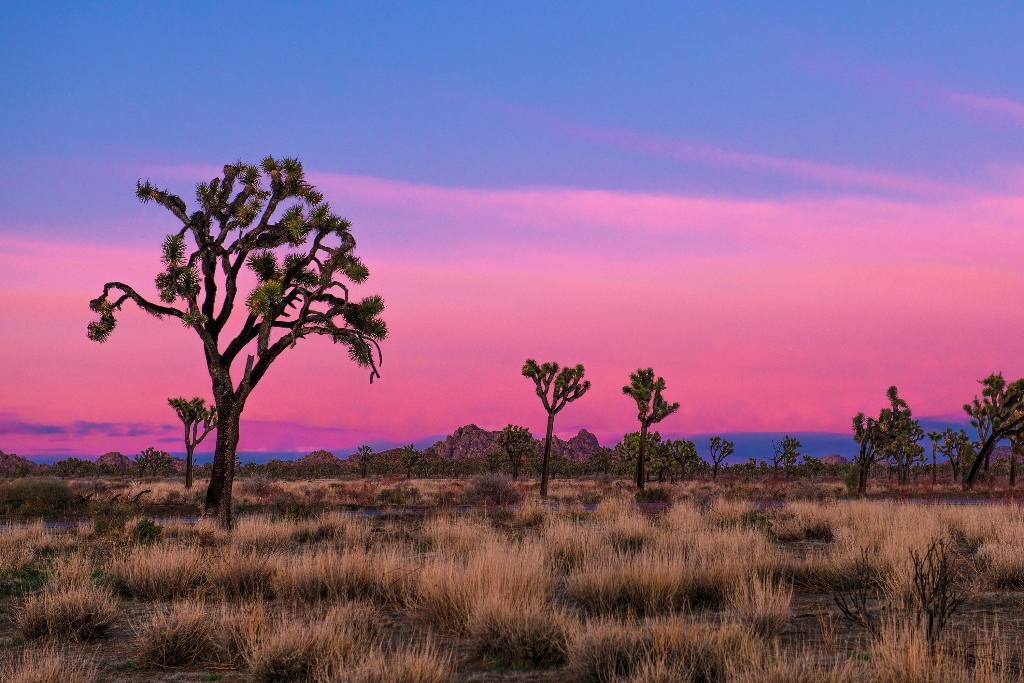
Joshua Tree

Kenai Fjords

Kobuk Valley
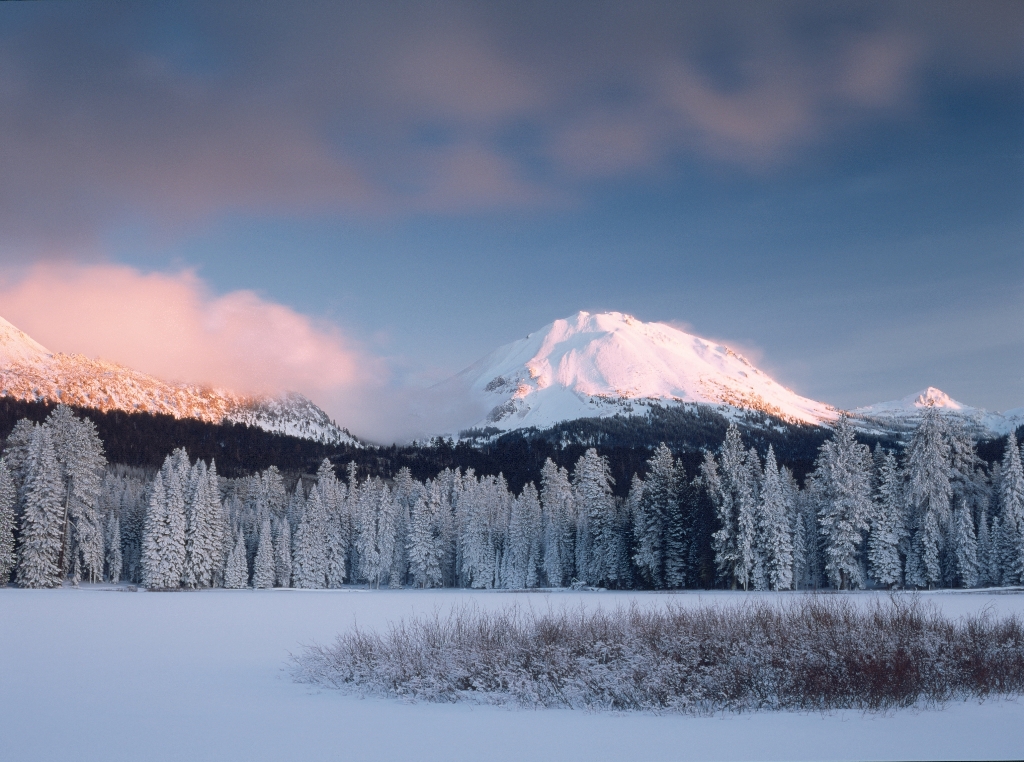
Lassen Volcanic
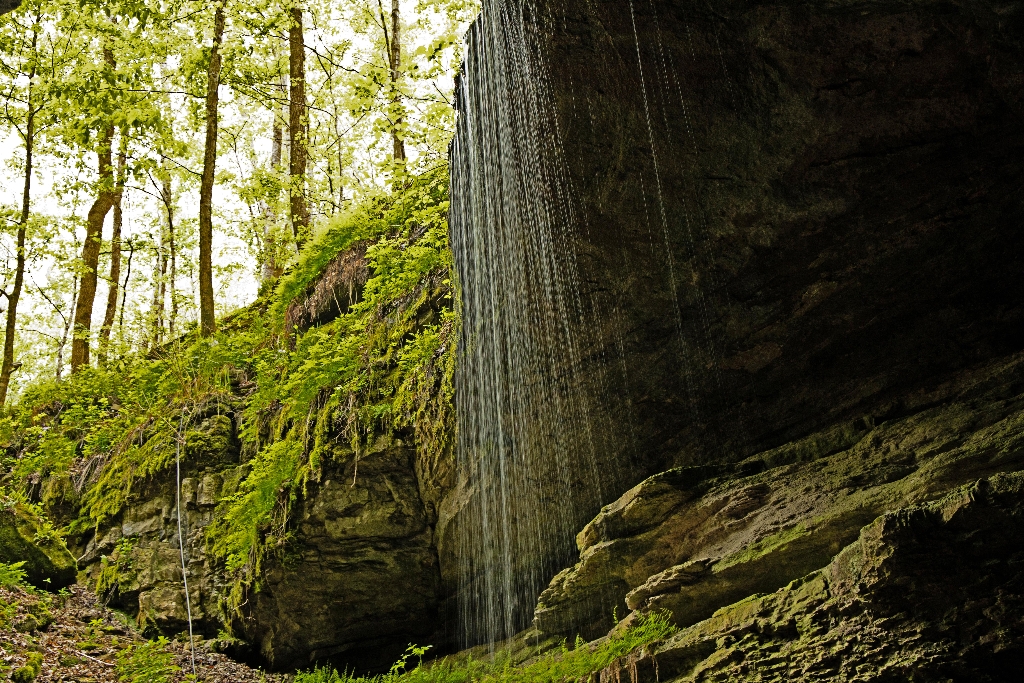
Mammoth Cave
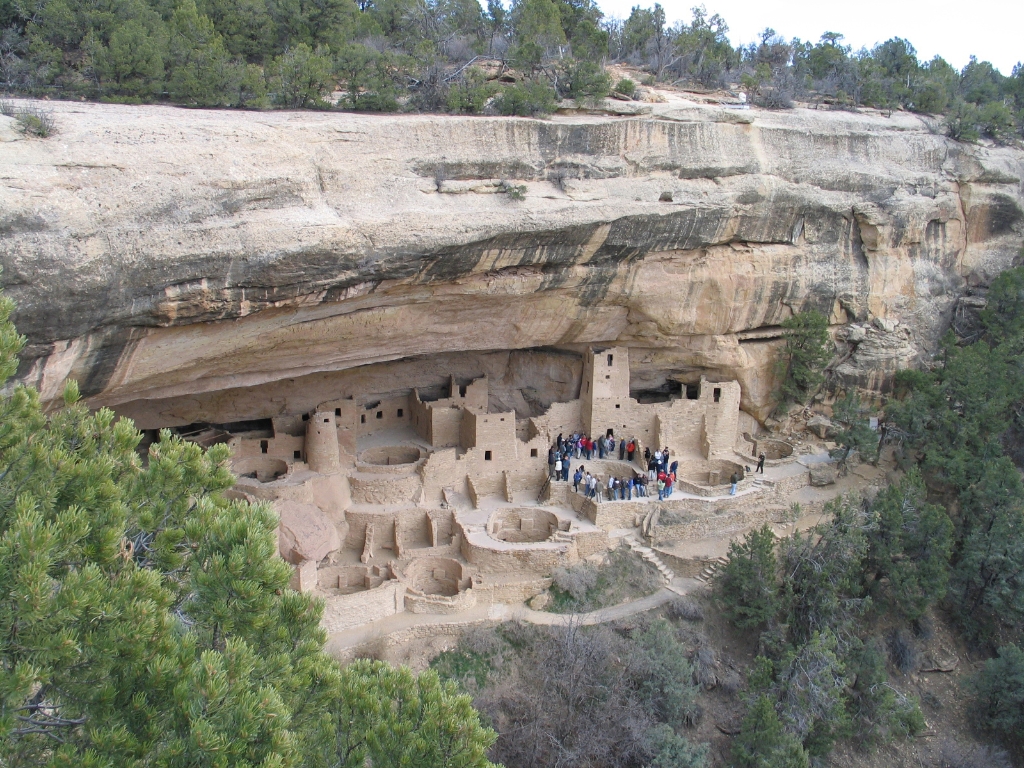
Mesa Verde
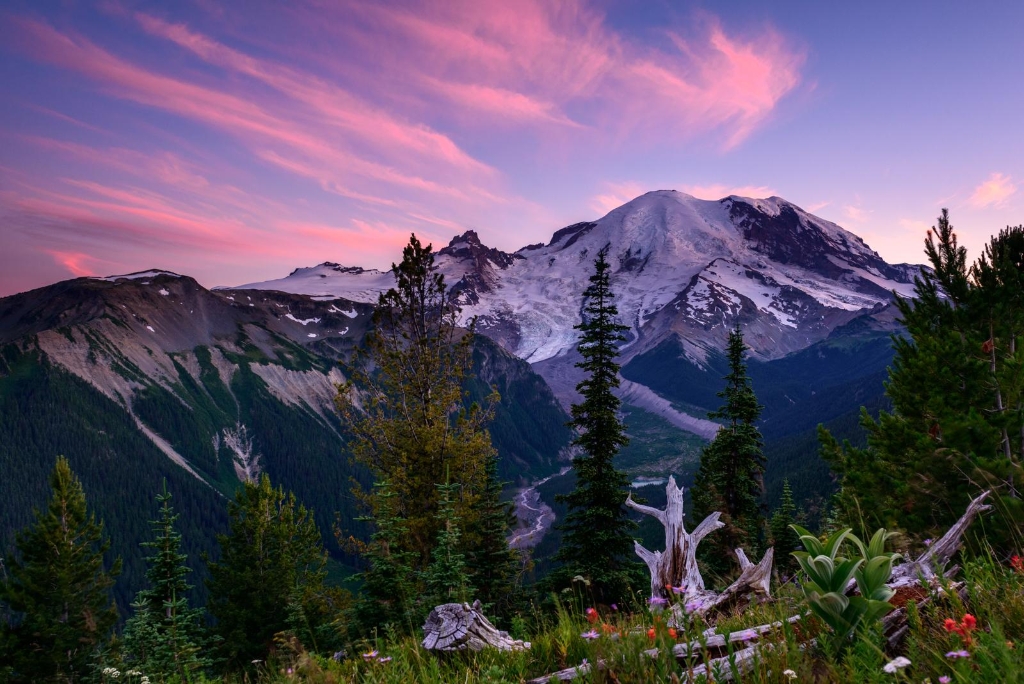
Mount Rainier
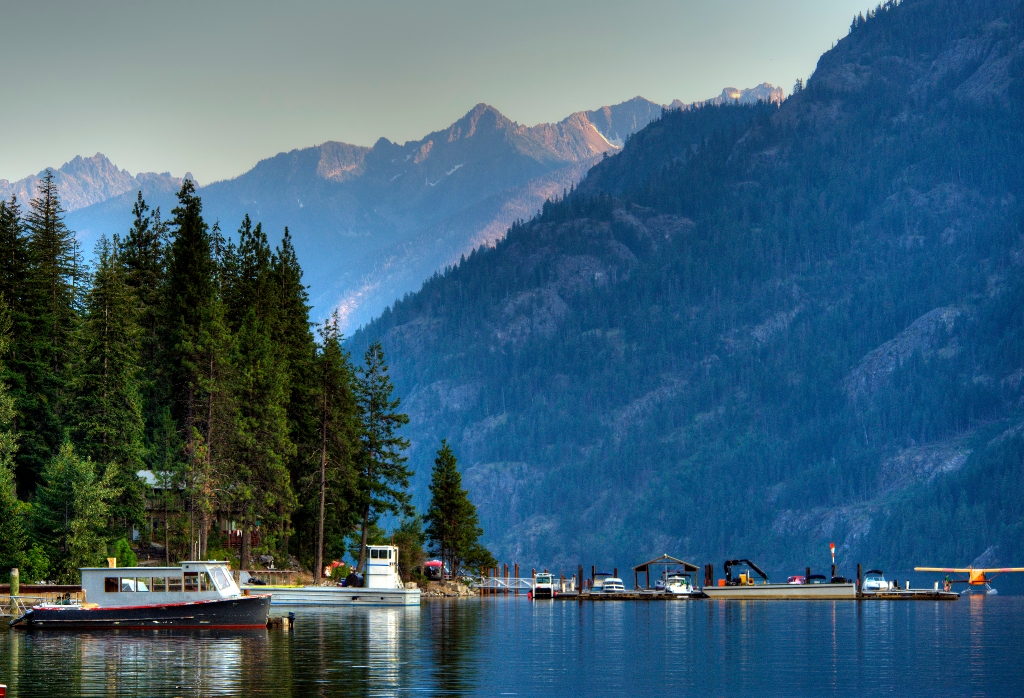
North Cascades

Olympic
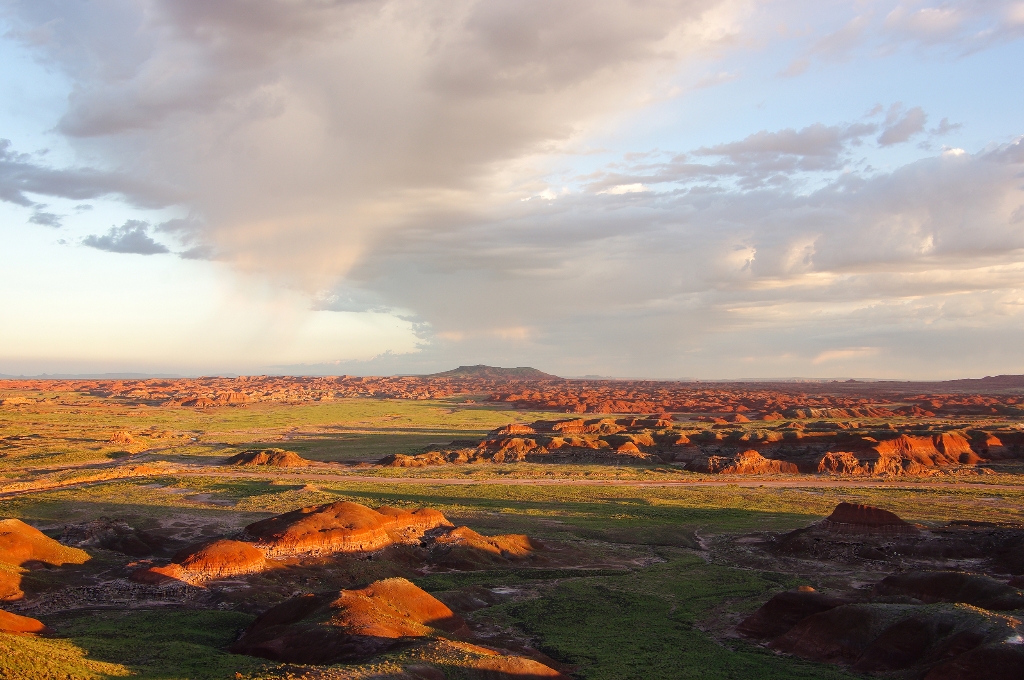
Petrified Forest
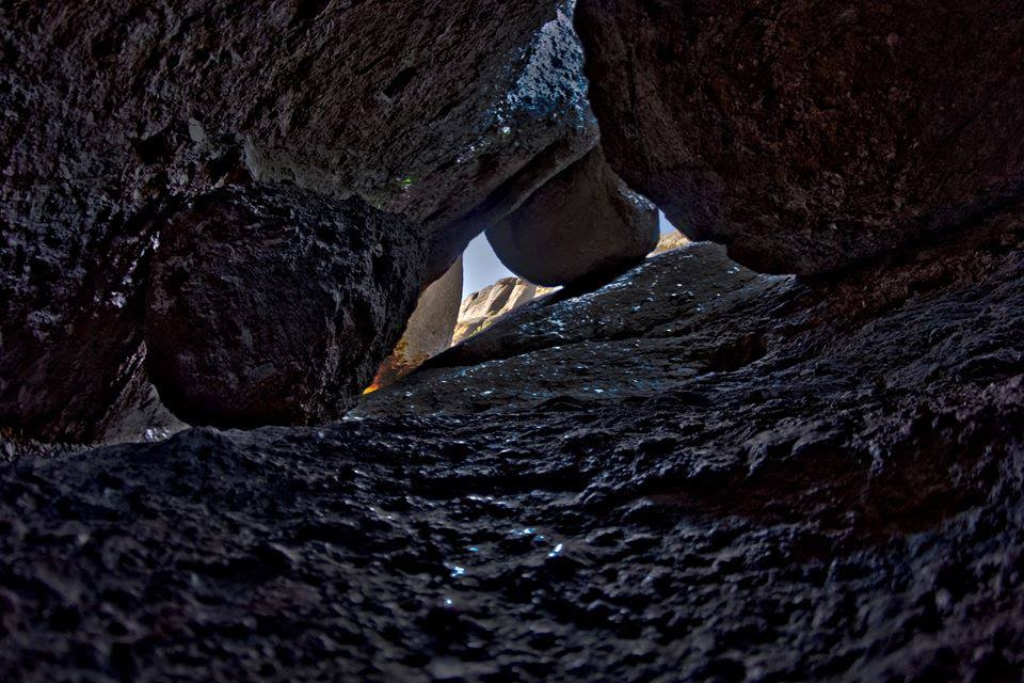
Pinnacles
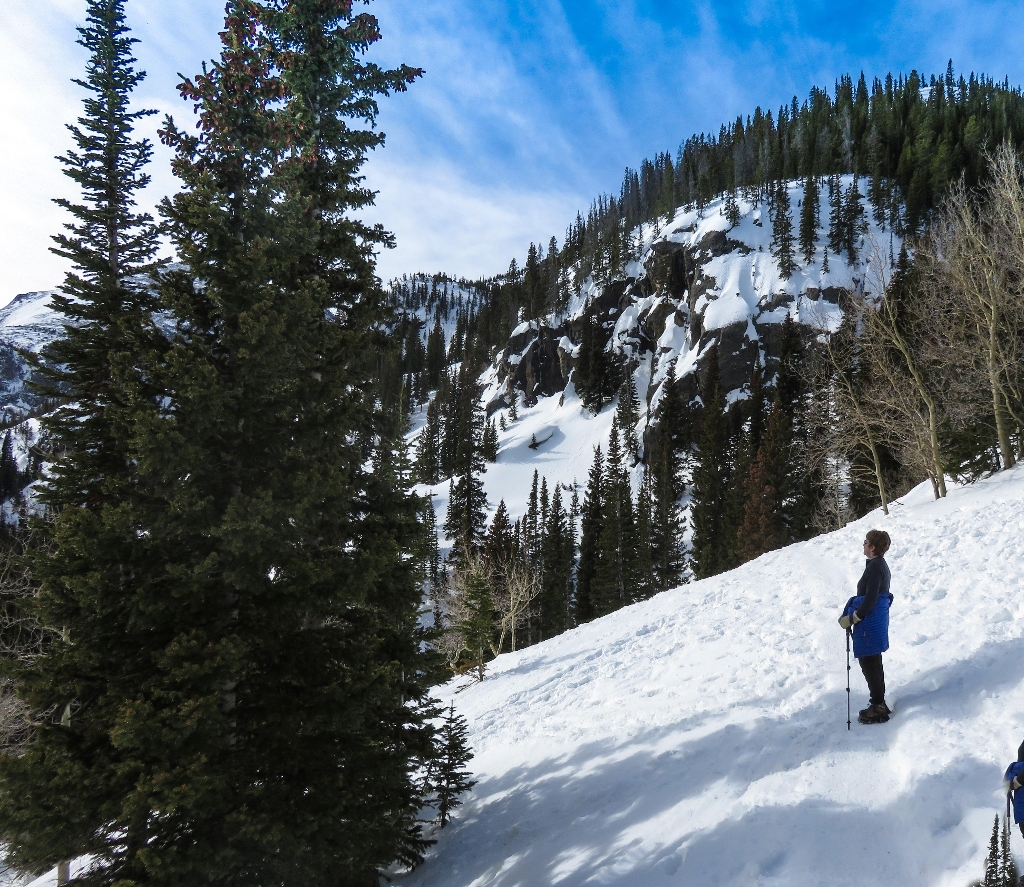
Rocky Mountain
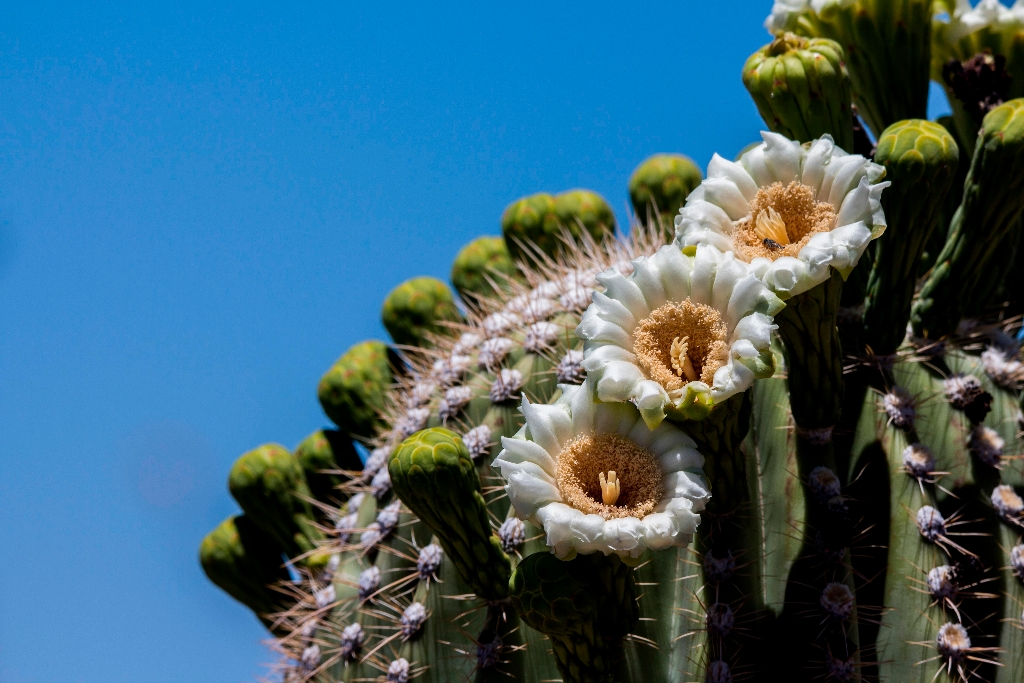
Saguaro
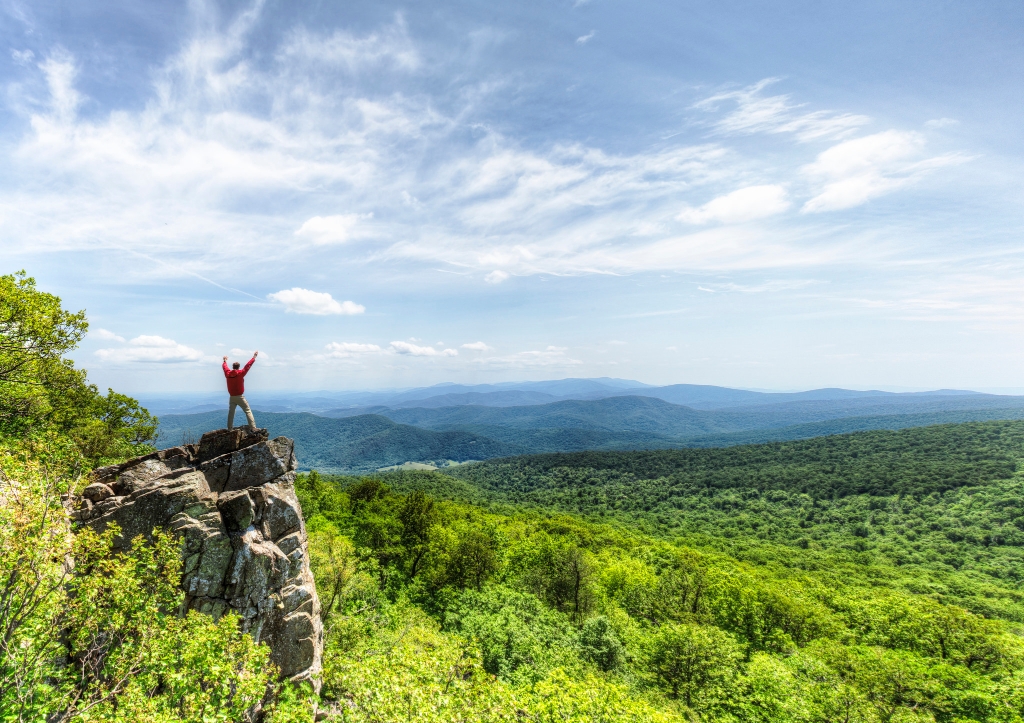
Shenandoah
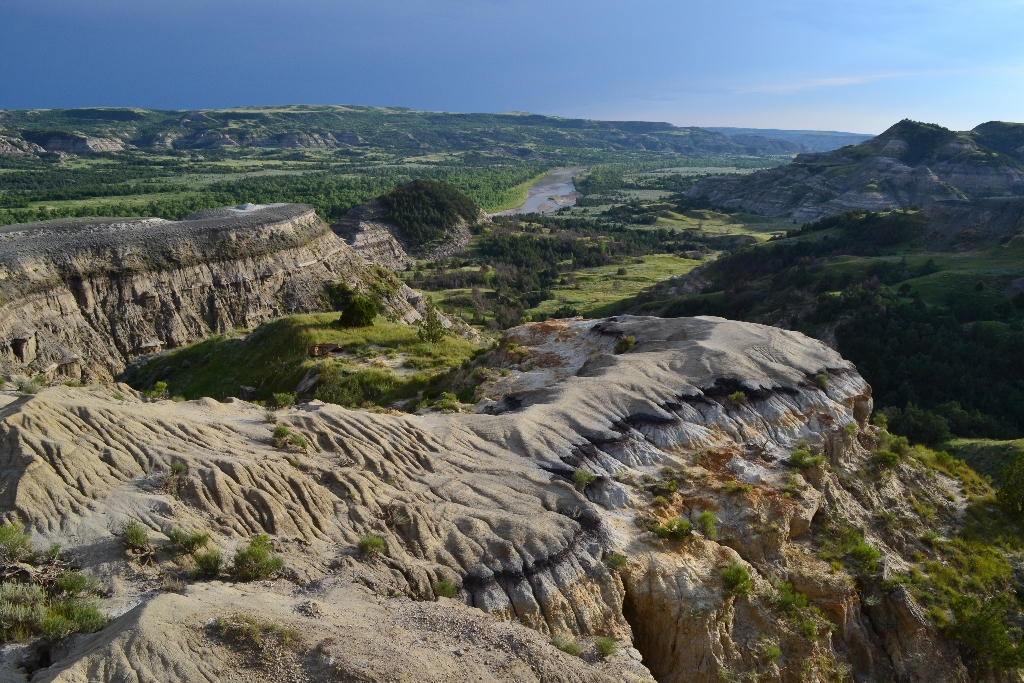
Theodore Roosevelt
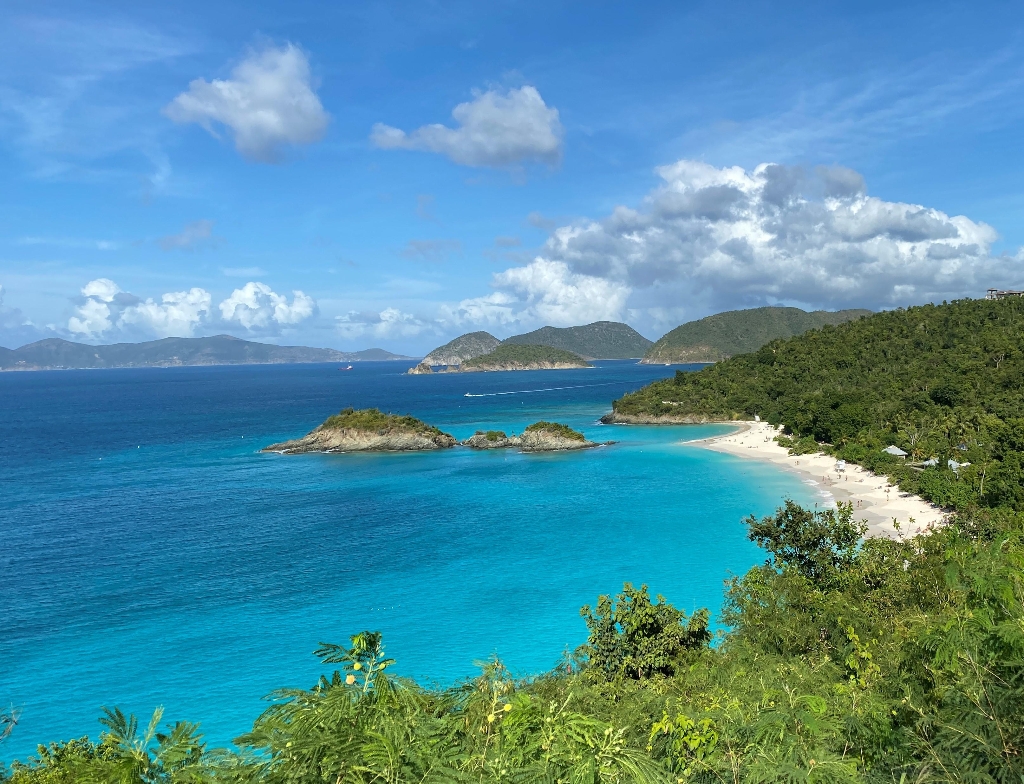
Virgin Islands
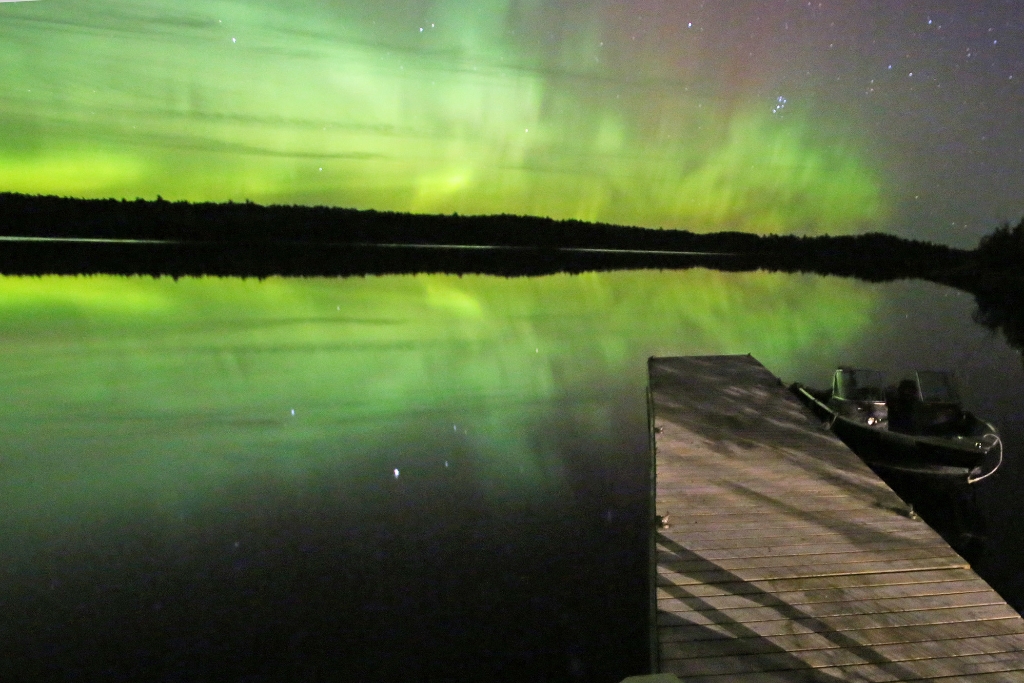
Voyageurs
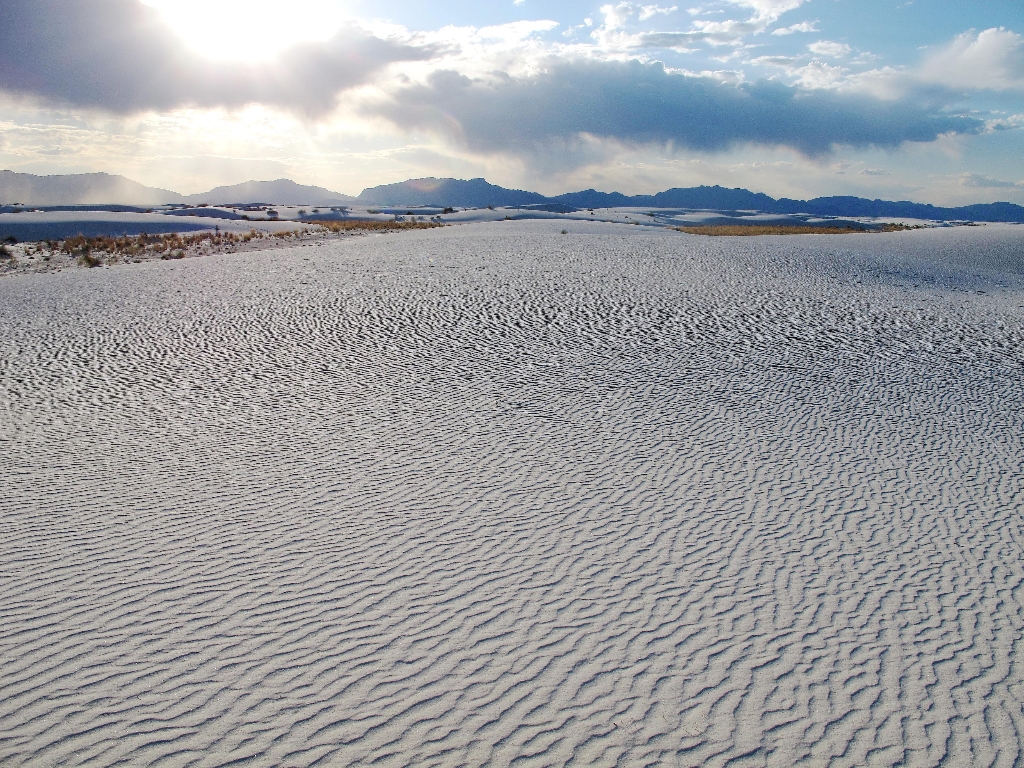
White Sands
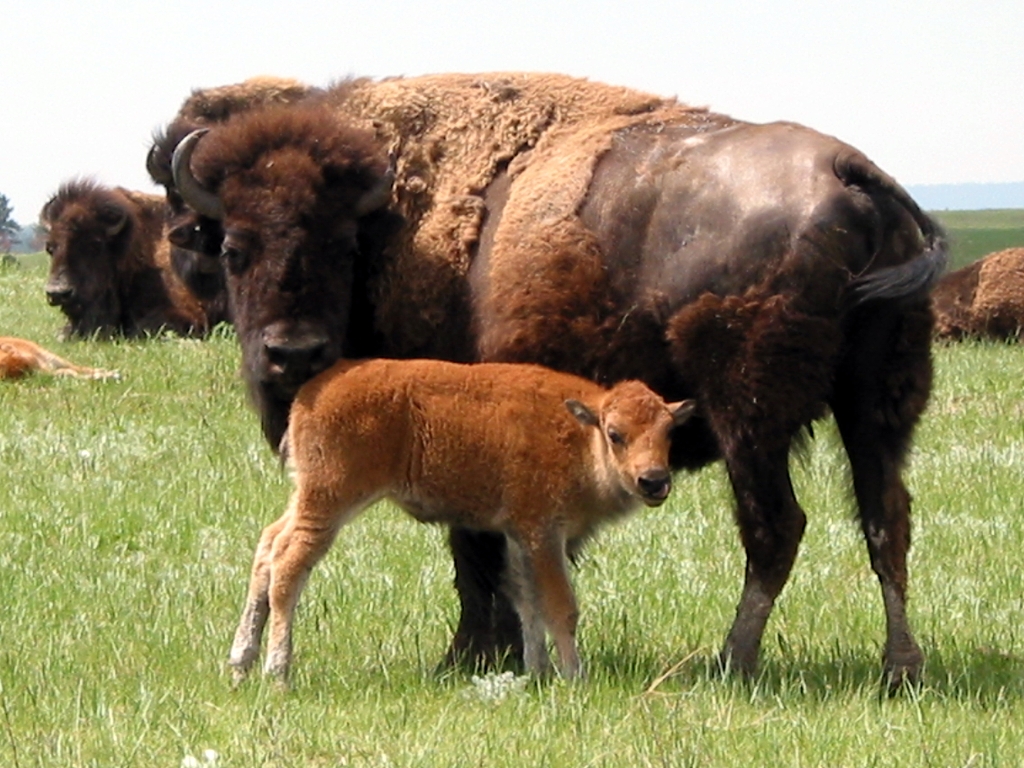
Wind Cave
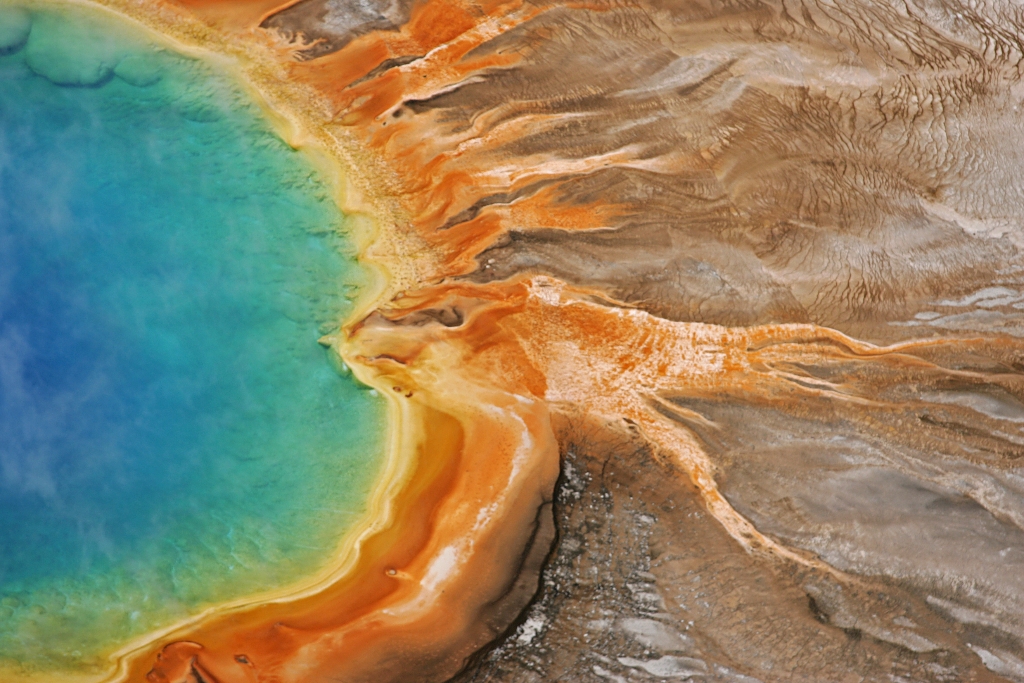
Yellowstone
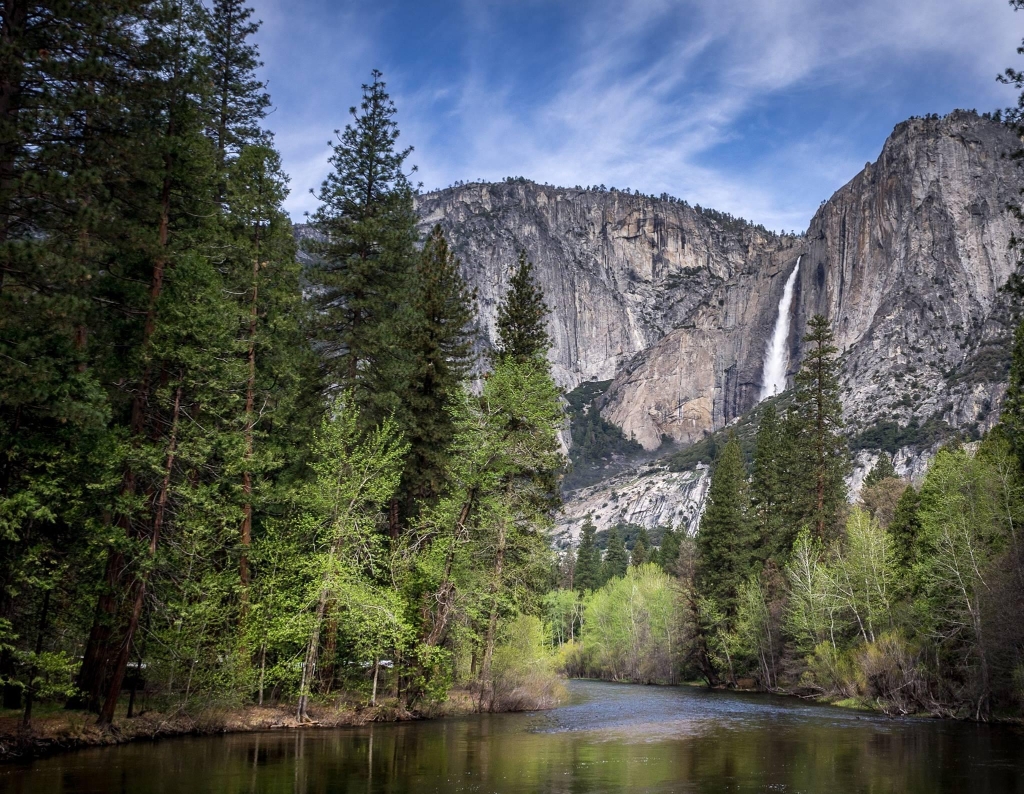
Yosemite

Zion